The next day, all was peaceful in the Cadogan earldom where we woke.
To start the morning, Lewis suggesting going over to the stores (the British say "popping over to the shops" that lined both sides of Sloane Street.
Fendi's boutique was next to our hotel, and Lewis entered it to find a cross-body bag that was unavailable in The States. We received very nice service from the greeter, a salesman, a sales assistant (who tried to arrange a transfer of the item from another location), and the store manager (who telephoned later to apologize because the transfer was not possible).
On the nearby corner, Lewis took me inside the Harvey Nichols department store. It has a two-faced clock overhanging the sidewalk. That 1889 flagship store occupies the site of the first shop that was founded in 1831 by Benjamin Harvey. A decade later, James Nichols joined the firm... eventually becoming manager and marrying the boss' niece.
Seeing nothing different than at Bloomingdale's (at home), we departed. We sauntered through the Wellington Arch,
...and paraded past a memorial for the Royal Air Force Bomber Command of WWII. It commemorates the lives of 55,573 air crew from Allied nations. The Queen unveiled it during her Diamond Jubilee in 2012.
It is located at the north end of Green Park, which is a 40-acre royal that is full of natural plantings. Seen below, the Royal Cypher is on the bollards that keep vehicles out of the park.
It adjoins St James's Park. Seen below, that royal park stretches outward from the palace (seen at right) to the Center of Government (at left) and the residences of the Prime Minister and Chancellor of the Exchequer (Second Lord of the Treasury)... which are grace-and-favor homes from the Queen. (As Ministers of the Crown, they serve indefinite terms "at Her Majesty's Pleasure"). Such closeness is convenient for the PM to visit the Queen for their weekly updates and advisory chats.
Logistically, the British government has a coziness to it. For such an ancient kingdom with worldwide influence (the sun never set on the British Empire), the headquarters of its national government is concisely well-connected. Seen below, most of it fits inside the Palace of Westminster and a compound that resembles the former Palace of Whitehall.
Whereas American courts have a Defense Attorney and U.S. Prosecutor, British ones have a Barrister and a Prosecutor for the Crown.
Another cozy attribute is the Prime Minister's home: a simple townhouse located at 10 Downing Street, circa 1682.
The street is named for the English spy who built it: Sir George Downing. In 1720, the first politician began residency. Throughout her long reign, the Queen worked with 14 prime ministers, who resided there. (Many of them get significant screen-time in episodes of The Crown). Perhaps it breeds humbleness for a national leader to reside in a modest dwelling. Lewis and I admired the sensible thriftiness that the British utilized to protect it.
In contrast, the USA maintains insanely extravagant budgets to protect its leaders (seen below, which is indicative of its wastefulness, violence, bureaucracy, and boorishness)...
...whilst the UK depends on reliable constables to protect theirs. Such pragmatism remains unaltered for more than a century.
For comparison, Lewis and I each visited Washington DC; it is a nightmare to drive through: incongruous streets are full of traffic jams. Practically everything in that city is related to bureaucracy. The capitals of China, Spain, France, Denmark, and Mexico are not full of governmental purposes, but America's is. It is also overcrowded with unnecessary and duplicitous tax-funded agencies. Taxpayers surrender much of their paychecks for a plethora of agencies that don't protect/serve them. As an opposite, the UK's government is confined to one area of its capital, and the rest of the metropolis serves the populous. London miraculously avoids traffic jams and long commutes for its people. It has a huge Metro system, whereas DC does not invest in a subway (except for the exclusive use of its senators). DC prefers to have daily gridlock. London's governmental district is tidily centralized—including facilities for the global Commonwealth of 54 nations! Clearly, a good example is set by Her Majesty's Government.
On the topic of constables, we admired the Bobbies—the nickname given to London's Metropolitan Police. Organized in 1829 by Sir Robert Peel, London's constables were named after him: Robert = Bobby. True to their heritage, they continue to eschew guns; they are equipped with truncheons, pepper-spray, whistles, and cameras (seen below). Yes, they uphold the usage of cameras worn on each officer to ensure equitable behavior. That is something that was quickly abandoned by the NYPD.
Watch these amusing/revealing videos that feature comparisons of police in the UK to the USA...
https://www.youtube.com/watch?v=lf0ThqEdV9o
https://www.youtube.com/watch?v=kb2B2adsXlM
If you notice their badges, you will discern an emblem topped with a crown.
It is a silver Brunswick star: an eight-sided emblem. In its center is the Royal Cypher. The star earned its name from the German Duchy of Brunswick-Lüneburg, which was governed by the House of Hanover, whose leader became a British king in 1714. Six British monarchs flowed from that House, ending with Queen Victoria. Such emblems adorn all police and firefighters in England, Wales, and Scotland.
Lastly, every county in the UK has an overlapping region supervised by a Lord-Lieutenant, who is appointed by the monarch as their personal representative. The Lord-Lieutenant of Greater London is Sir Kenneth Olisa. He oversees its 32 boroughs—but never the City of London. His unpaid job is to uphold the dignity of the Crown and promote a good atmosphere with a spirit of cooperation. His non-political role allows him to blend with social life, charities, and businesses. As a founder of two merchant banks, Sir Kenneth openhandedly supports careers for homeless, disabled, and disadvantaged citizens.
As we walked past The Ritz Hotel, Lewis sang Puttin' On The Ritz. The song and the hotel are world-famous.
(London's Savoy Hotel was also immortalized in another swing-tune: Stomping at the Savoy). We also passed the building where Queen Wilhelmina and the Netherlands' government-in-exile survived WWII. A plaque commemorates it.
(Other governments-in-exile were set up in London, as authorities from European nations fled the war: Norway, Greece, Poland, Czechoslovakia, Belgium, Luxembourg, Albania, Yugoslavia, Denmark, and Charles de Gaulle's Free French).
We arrived in Mayfair, the ritziest of London's elegant neighborhoods. Its denizens have an upper-class accent of their own. The fewer R's that a person pronounces, the fancier they are (just as graduates of Eton or Harrow might have a "Received Pronunciation" accent that is indicative of affluent privileges). In the USA, such a lack of rhoticity is heard in Boston and the Midwest, but it doesn't imply fanciness.
Historic structures abound in Mayfair, such as the Horse & Coaches Pub from 1744!
Lewis wanted to visit his British colleagues at the Chanel flagship store on (New) Bond Street. Since the 1720s, Bond Street remains an upmarket address of distinction. It was developed by Sir Thomas Bond as a destination for gentlefolk. It is now one of the most sought-after strips of European real estate.
Indicative of first-world planning, London's Underground will create a new east-west route, named the Elizebeth Line, with a stop at Bond Street. It will necessitate 42 kilometers of new tunnels, and it will be fully-integrated with the transport network. (NYC flagrantly wasted 100 years' worth of funding and false promises to finally add only one station on the grossly overburdened Green Line).
*To compare that elegance to what we see regularly on NYC's so-called "luxury" streets, such as Fifth Avenue or Madison Avenue, (which they charge some of the nation's highest rents for) please click this link:
Walking up Bond Street, it was easy to notice the Chanel flagship. Opened as Chanel’s largest boutique at the time, the flagship occupies 1,000 square-meters.
The City Council denies it, saying that the C's are the initials for "City Council". Lewis likes the urban-legend better.
Walking onward, we crossed Saville Row, another world-class street of sartorial splendor.
Immediately north of Mayfair, a chunk of land is named the Portman Estate. It is owned by the 10th Viscount Portman. *The rank of Viscount (Vice Count) began in 1440 when King Henry VI of England & France adopted it from the Holy Roman Empire. The UK has 115 viscounts.
To the east is SoHo, which we traversed. Similar to NYC’s SoHo neighborhood, London’s underwent gentrification and contains upmarket shops and eateries. Occasionally, you may see a shop for sex workers, which represents part of the area’s heritage. Prostitution is legal in England, Scotland, and Wales, but brothels, pimping, and public solicitation is not. The area also includes the city’s LGBT community, near Old Compton Street. Unlike American cities, London doesn’t need a “gayborhood” because homosexuals don’t feel the need to cling together in their own areas. They live harmoniously throughout the boroughs. *To see what I refer to, please use this link:
https://halfwindsorfullthrottle.blogspot.com/2017/06/trying-to-fit-in.html
SoHo is a very pretty district.
We ate at La Cote, a French brasserie. Lewis ordered sustainably-caught Scottish mussels in a wine/cream sauce, and I loved their boeuf bourguignon (slow-cooked beef cheek with mushrooms and bacon lardons) and puréed potatoes. It felt like being in an arrondissement of Paris again. The servers exuded friendliness and attentiveness.
This is a perfect segue to explain why pig meat is called pork, cow meat is called beef, and sheep meat is called mutton, but poultry and fish don't have aliases. The victors of the Norman Conquest brought French methods from Normandy, France. That included French culinary terms: porc, boeuf, and mouton. As with many English things, such quirky duality persisted through centuries and was spread throughout the global British Empire. However, the French word for fish (poisson) sounds like poison, so it was never used, and venor means “any hunted animal”—which was usually deer… hence the word venison.
*To read about our favorite French restaurant-owner, please use this link:
https://halfwindsorfullthrottle.blogspot.com/2015/01/rip-jean-claude-baker-you-never-know.html
Afterwards, we "popped into" a convenience/grocery store called Tesco. Lewis was intrigued by cans of pre-mixed alcoholic beverages, so he selected Pimm's Lemonade. Pointing to another can, a shopper volunteered her opinion by saying, "I rather think that you ought to try this one". (The English use "rather" to mean "very". So, "I rather think" means "I very much think"). Accepting the woman's suggestion, Lewis also bought Porobello Road (a London Dry gin) with natural Tonic Water. Each cost only £2.00. Both were refreshing.
We were always impressed with the natural cleanliness of the urban landscape. We're not accustomed to that in the overpriced city where we live. It was also inspiring to see how London preserves its history and heritage. Perhaps, having aristocrats as landlords is a "force for good". American landlords/developers would demolish anything—regardless of rarity or history—to generate more profit, and they don't care if they overshadow playgrounds or block the skyline for thousands of neighbors. But, London land-holders avoid skyscrapers, overcrowding, billboards, and they maintain beauty and uphold cleanliness. American landlords don't care what is done to a building on their property, as long as it makes profits for them. They don't care if it gets covered with billboards or cellular towers or graffiti. But British gentry landlords preserve the serenity of the neighborhood before making money, and they evict building owners who violate the zoning or lease stipulations. Such actions saved numerous historic buildings.
*Similar to Indian cuisine, Lewis and I tasted our first Nepalese meal during our visit to Finland. To read about that trip, please click this link:
https://halfwindsorfullthrottle.blogspot.com/2021/11/our-trip-to-helsinki-finland-part-1-of-4.html
With full tummies, it was a fine night to amble back to our hotel.
*As an author, I am so enamored with the society of the British Isles that I published the fifth novel of my series, with the settings occurring in England's capital and its rustic countryside. Please use this link to learn more about that entertaining book:
https://halfwindsorfullthrottle.blogspot.com/2020/11/i-published-my-fifth-book.html
*To see when we returned to London, please use this link:
https://halfwindsorfullthrottle.blogspot.com/2022/09/our-return-to-london-uk-part-2-of-6.html
















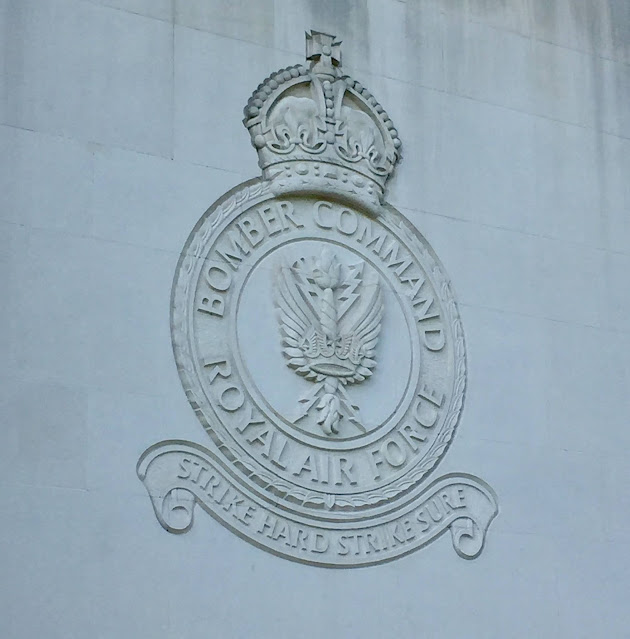

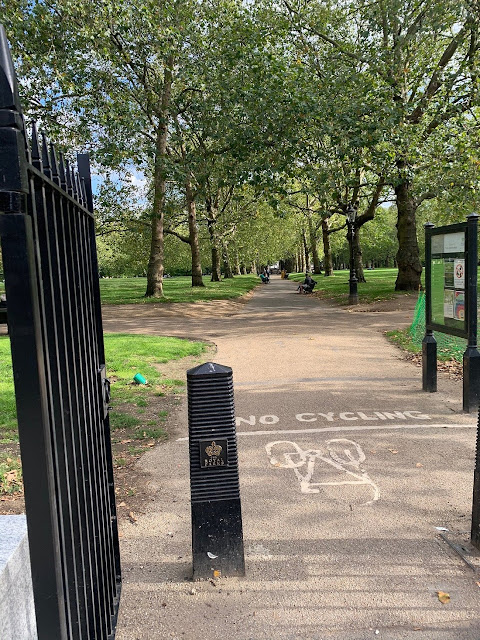

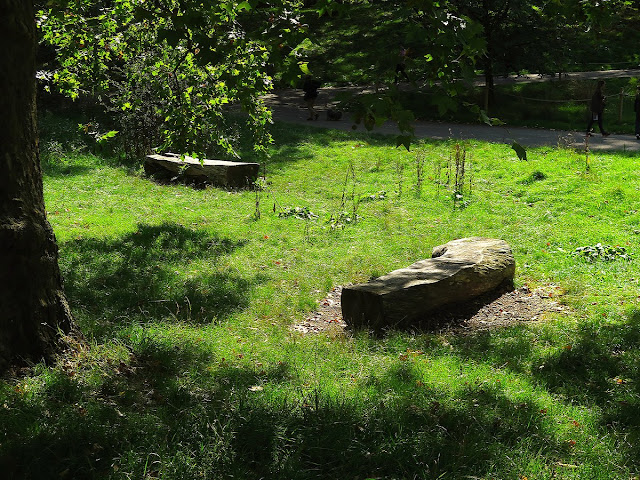





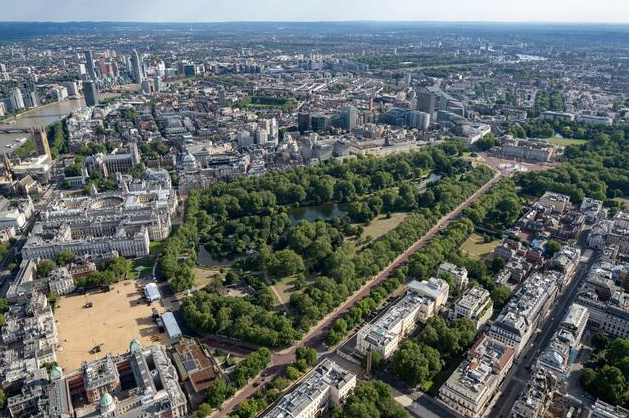




























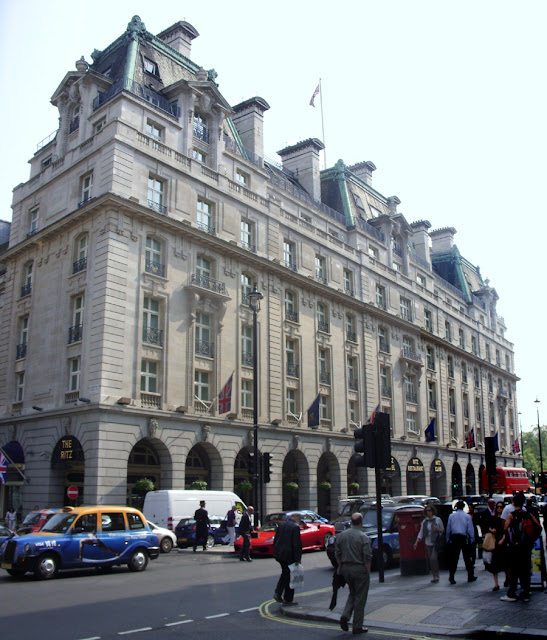

















































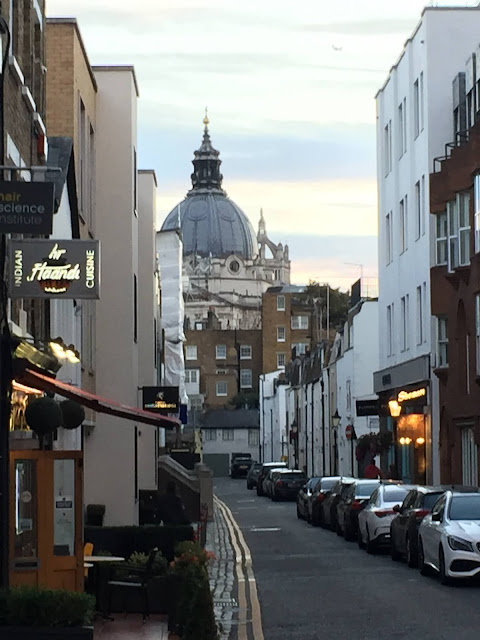





























No comments:
Post a Comment
Don't be shy: leave your comments :)